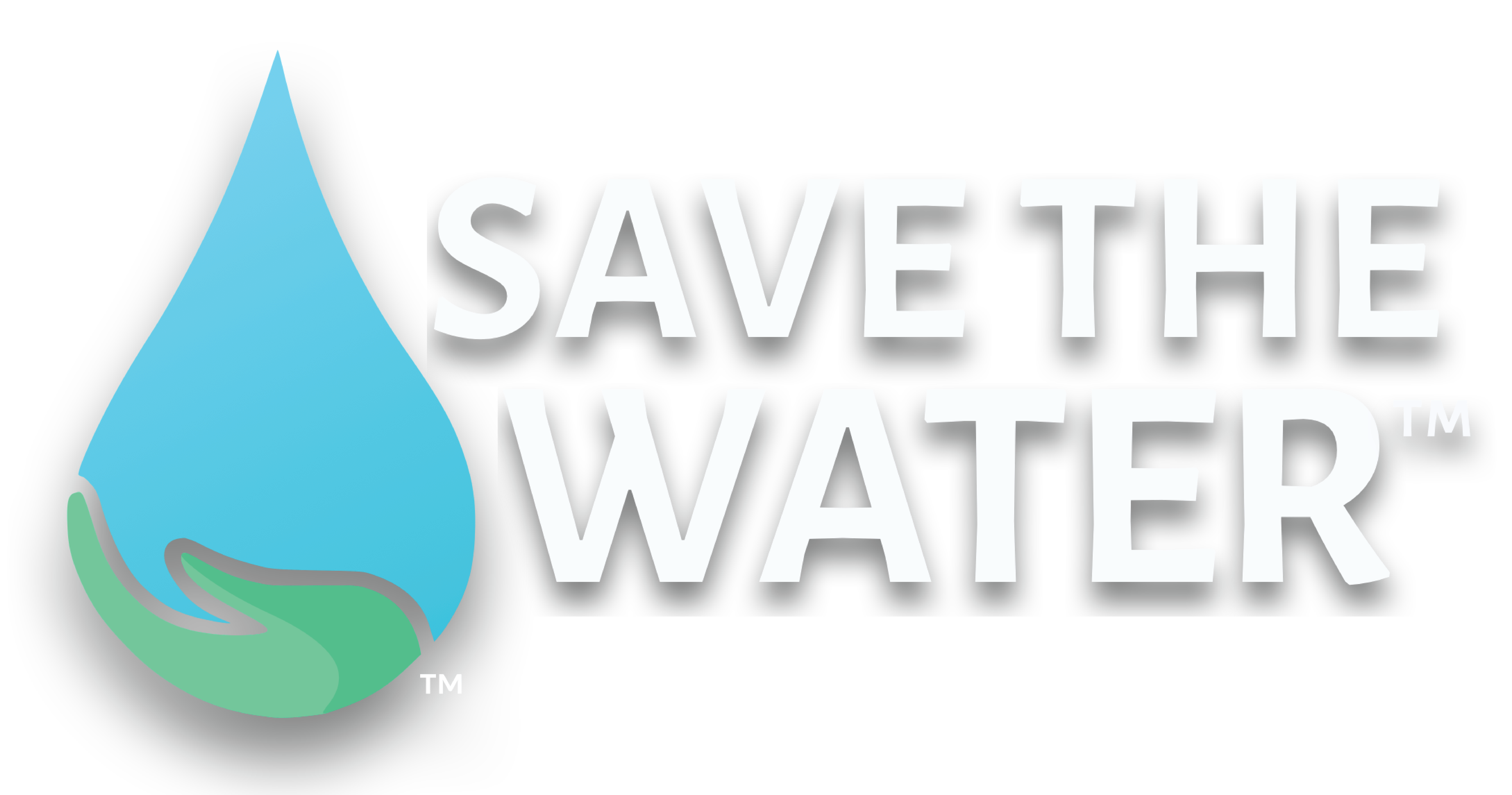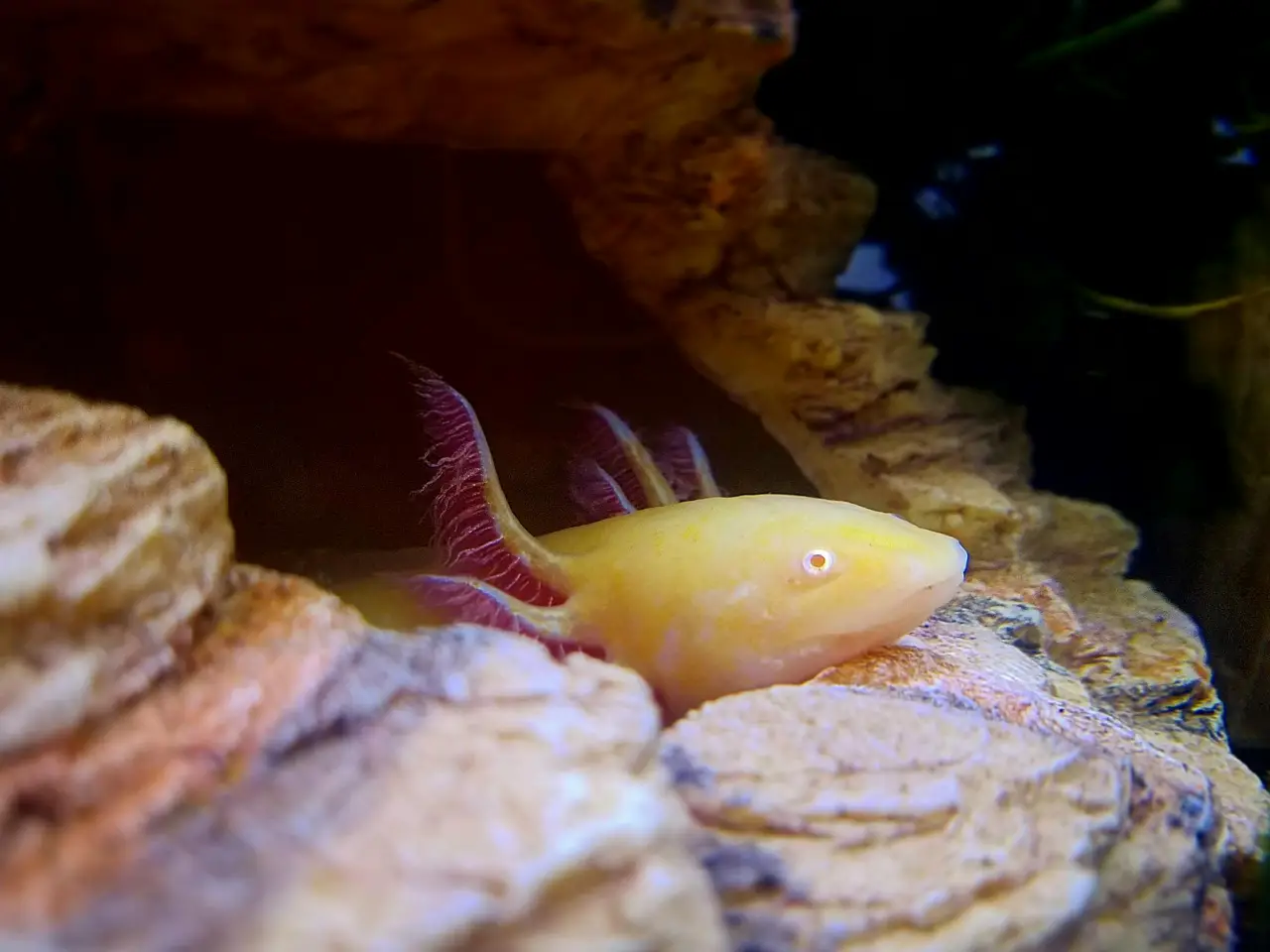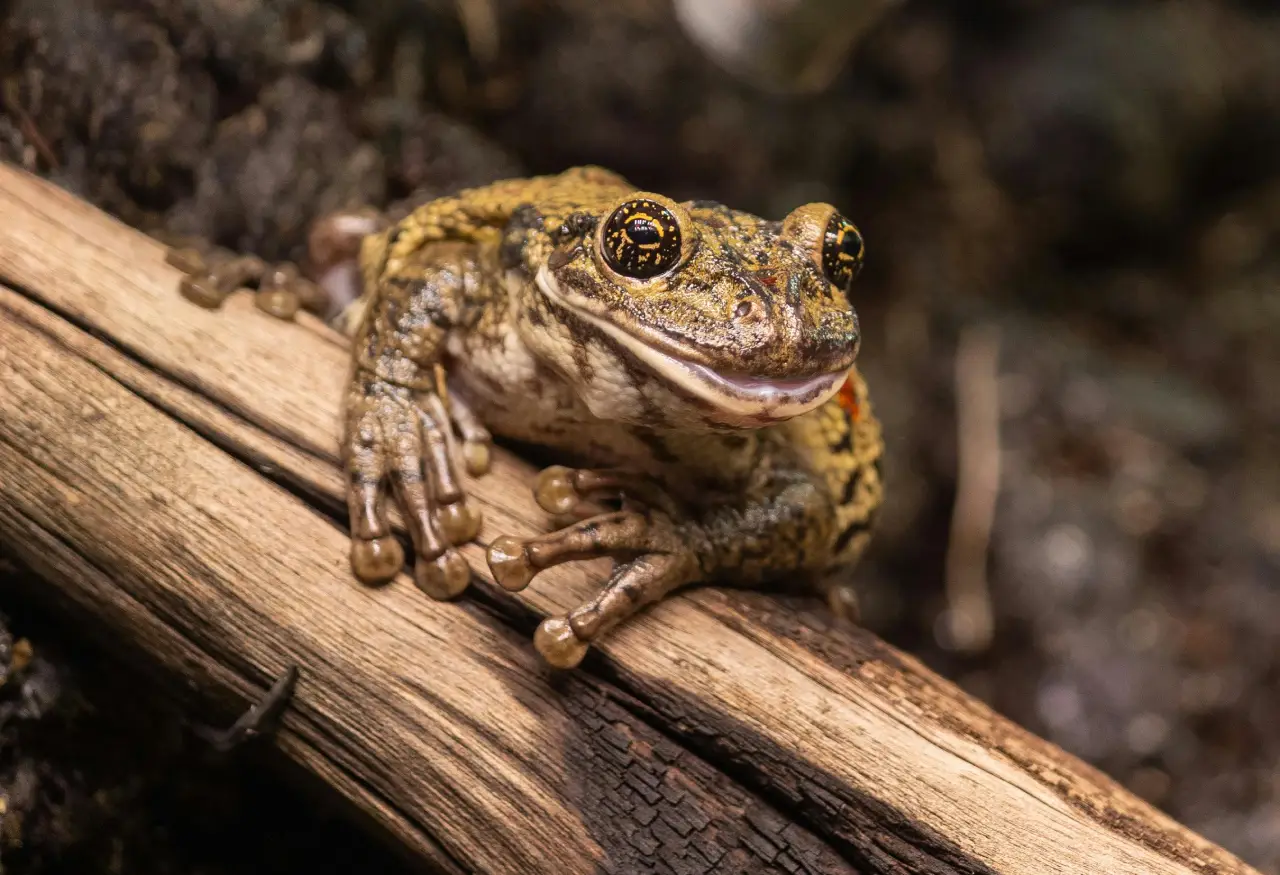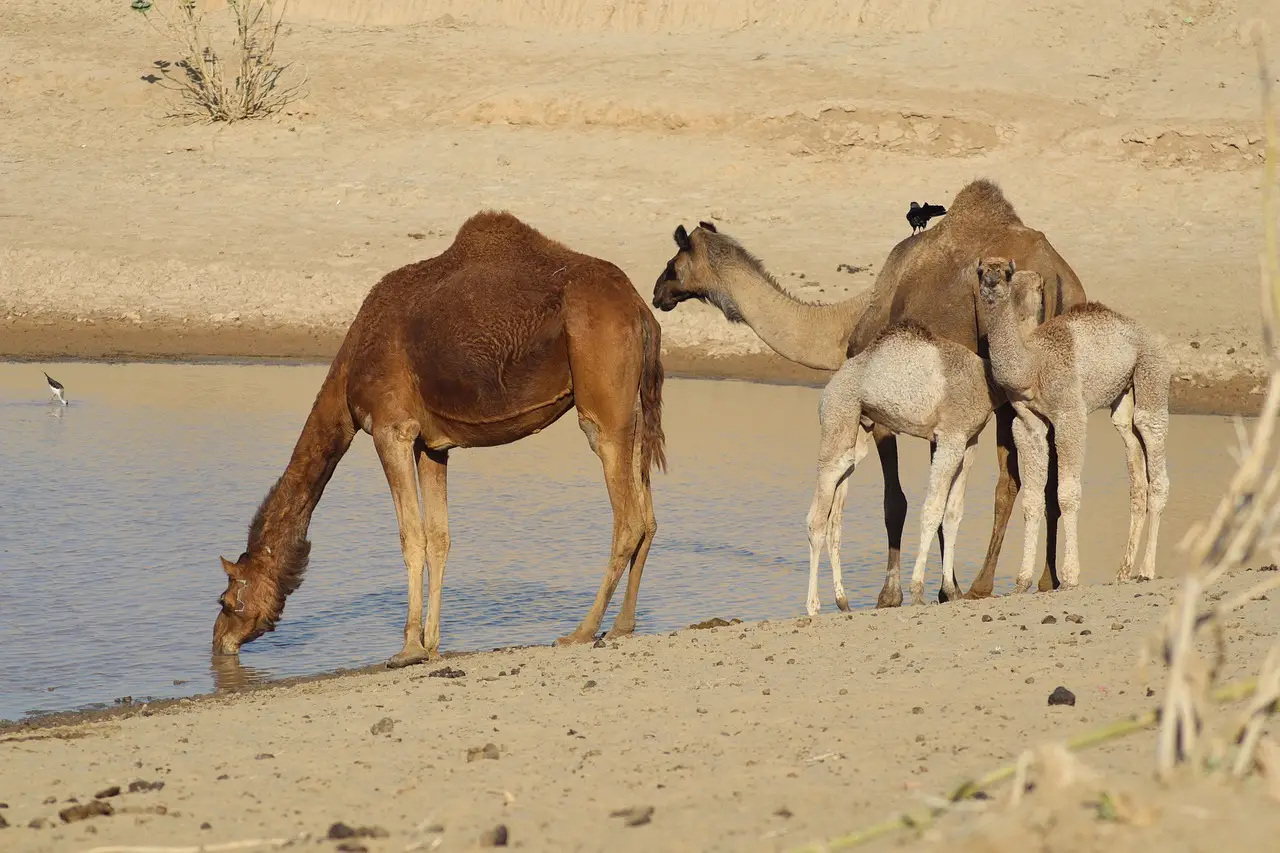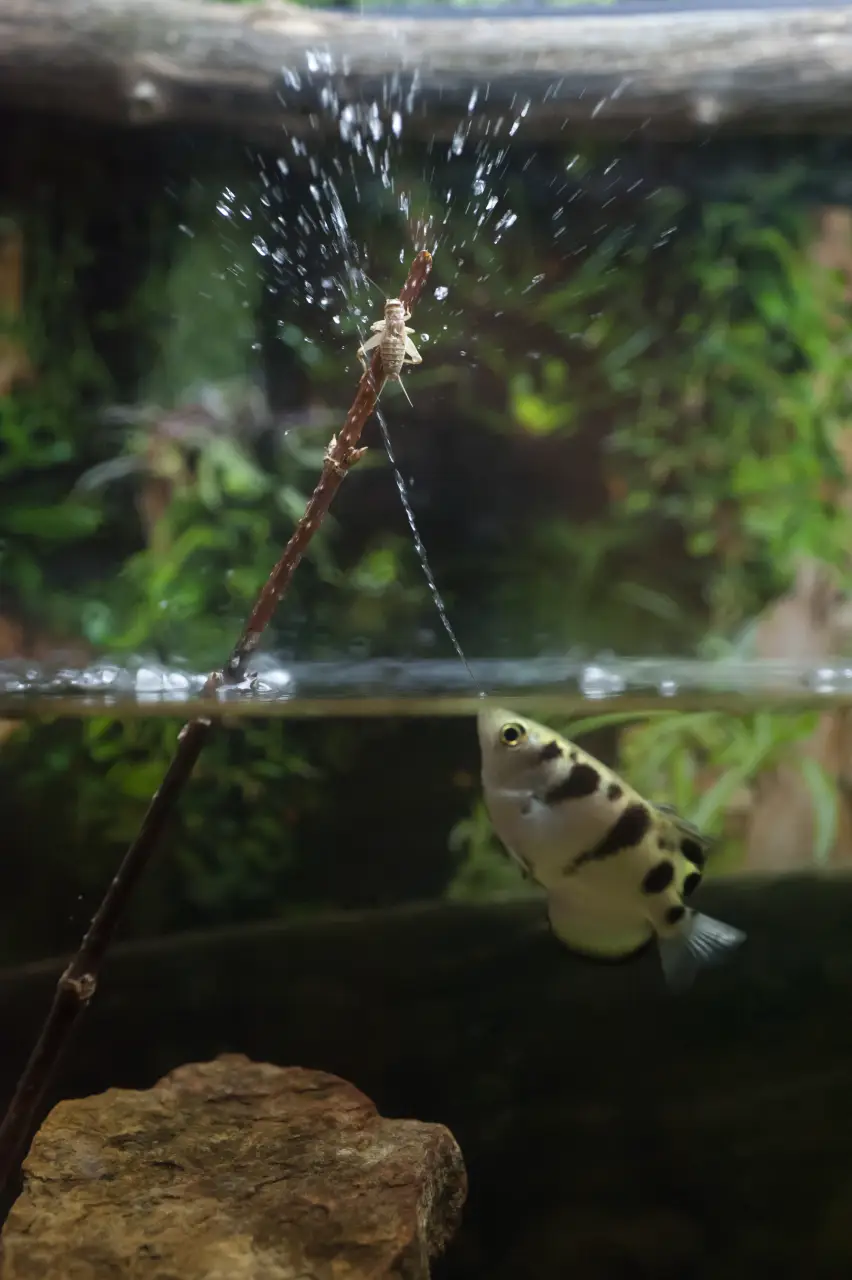Sea stars don’t have bones; they use water pumps to move around!
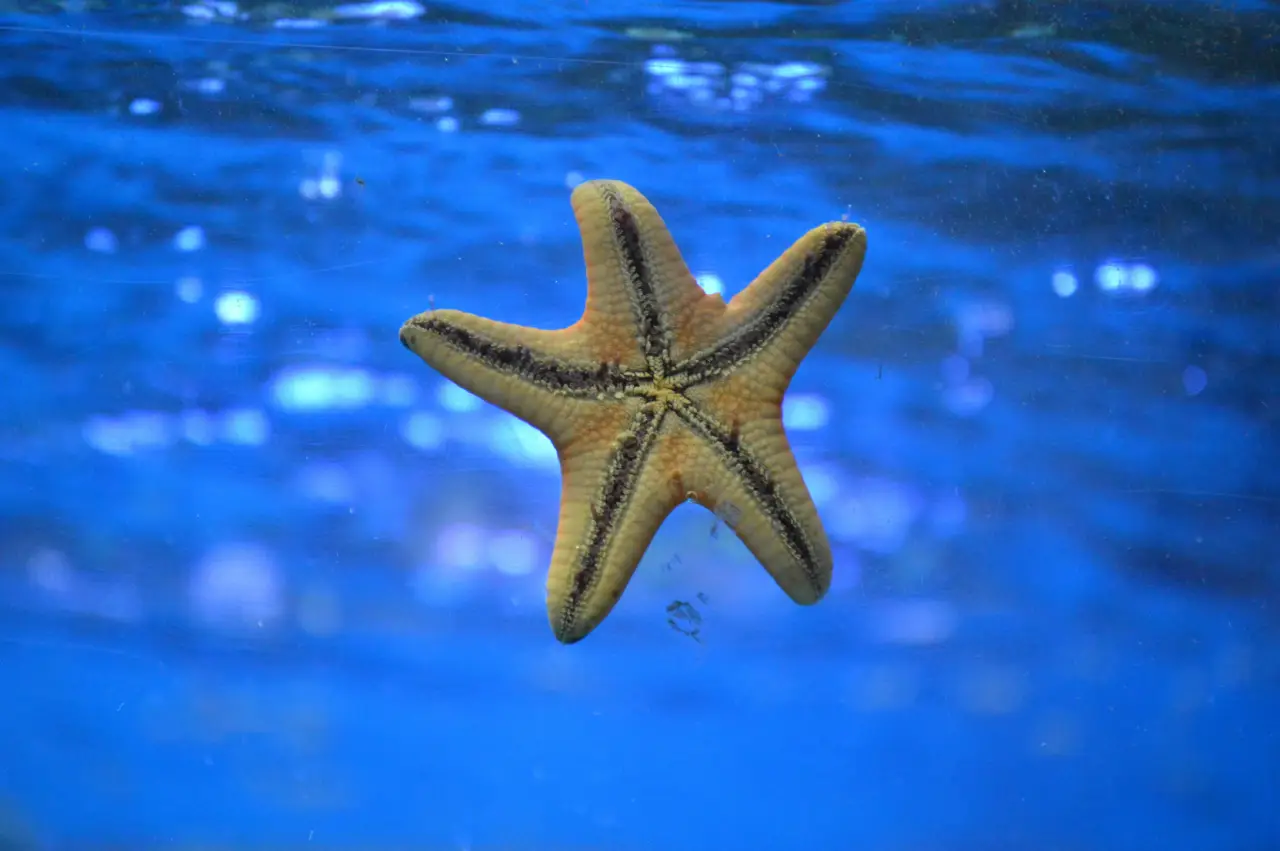
Sea stars belong to a group of animals called invertebrates, a species that does not have a backbone like humans. In fact, sea stars don’t have any bones at all! They use a water vascular system to move their bodies.
This system consists of a series of tubes throughout the body. This system branches off from a circular ring canal in the middle of the body called the central disk. They pump water back and forth, allowing them to move their arms and use their tube feet to stick to surfaces.
The seawater enters their system through a small bony plate in the middle of their body called a madreporite, or sieve plate. Water can go both in and out through this plate. The madreporite is made of calcium carbonate, the same stuff that makes up shells and bones, and is covered in pores.
The water brought into the madreporite flows into a ring canal, and then to canals in the sea star’s arms and tube feet. Pushing water into the tube feet lets the sea star push away from the surface. To see this mechanism in action, we recommend watching this video– jump to the 1-minute and 30-second mark.
In this video, you’ll be introduced to another fun fact. While sea stars are often mistaken for creatures with suction-cup-like abilities, they secrete a sticky protein allowing them to “hold onto” a wide variety of surfaces. The bigger mystery is how they unstick themselves. Unlike the “footprint” left behind by the sticky proteins, the secretions that unstick the tube feet are yet to be identified.

